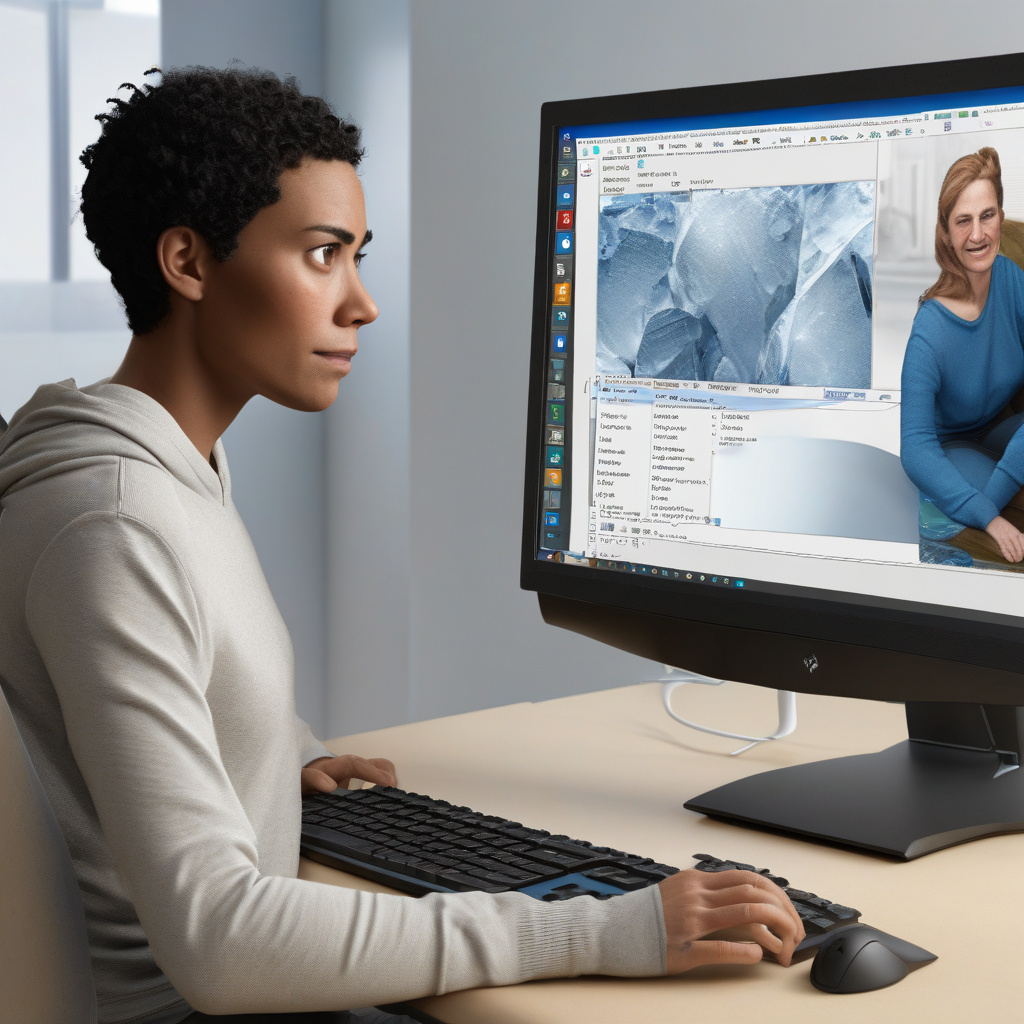The Quick Fix for a Frozen Start Menu or Taskbar in Windows
From time to time, Windows 10 or 11 users encounter a frustrating scenario where essential elements like the Start menu or taskbar become unresponsive. Clicking or tapping on them yields no results, causing annoyance and disruption in your workflow.
Luckily, there’s a swift and straightforward solution to address this issue without the need for a time-consuming system restart.
A Faster Alternative to Rebooting
While restarting your computer can indeed resolve unresponsive Start menu or taskbar problems, it’s a process that can eat up valuable time and interrupt your tasks. Instead of opting for a full system restart, consider a quicker fix that targets the heart of the issue.
By pressing Alt-Shift-Esc or right-clicking on an empty area of the taskbar, you can swiftly access the Task Manager utility. This tool is instrumental in addressing unresponsive elements within the Windows interface, such as the Start menu and taskbar icons.
Restarting File Explorer with Task Manager
Once you’ve launched the Task Manager, locate “Windows Explorer” under the “Apps” section. Despite its name, this entry refers to the File Explorer application, a core component responsible for managing the Start menu and taskbar functions.
If you don’t spot “Windows Explorer” in the Task Manager list, simply initiate File Explorer by using the Windows key + R shortcut and typing explorer or explorer.exe. Subsequently, you’ll find it displayed in Task Manager under the Apps category.
By right-clicking on “Windows Explorer” and selecting Restart from the menu, you can typically restore the functionality of the Start menu and taskbar promptly. This process may cause a momentary disappearance of icons on the taskbar, but rest assured that this is a normal part of the restart cycle.
The Power of a Quick Restart
In most cases, restarting File Explorer through Task Manager efficiently eliminates issues related to unresponsive Start menu or taskbar elements. The process generally completes within seconds, allowing you to swiftly resume your Windows activities without the need for a full system reboot.
In rare instances where the problem persists, resorting to restarting Windows becomes the next course of action. Utilize the Windows key + R shortcut and input shutdown /r /t 0 in the run box to trigger an immediate system restart. Remember to save your work before executing this command to prevent data loss.
By following these steps, you can address frozen Start menu or taskbar issues swiftly, restoring seamless functionality to your Windows interface.
Conclusion
In conclusion, when faced with unresponsive Start menu or taskbar elements in Windows, resorting to a quick Task Manager intervention can often provide a speedy resolution without the need for a full system restart. This efficient approach enables you to tackle the issue promptly and get back to your tasks with minimal disruption.
Remember, troubleshooting these minor glitches can enhance your overall user experience and productivity with Windows operating systems. Keep these handy tips in mind for a smoother computing experience.
This article was originally published in July 2021 and updated in July 2025.

